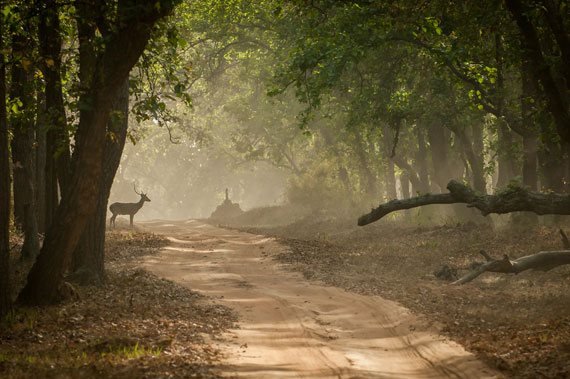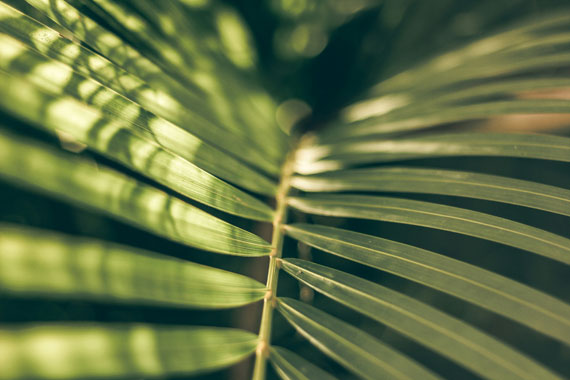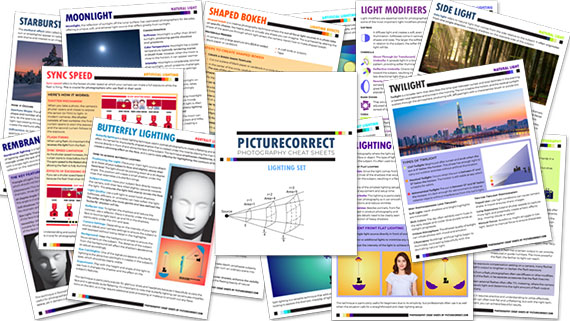Photography is not just about capturing moments, it’s about painting with light, and one of the most enchanting ways to do this is by utilizing dappled light. Dappled light, often seen as patterns of light and shadow created when sunlight filters through the leaves of trees, offers a unique and visually striking scenario that can significantly enhance the quality of your photos.
Related reminder: only hours left for the new Photo Lighting Cheat Sheets at 80% Off

Photo captured by Mats
Creating Depth and Texture
The primary charm of dappled light lies in its ability to add depth and texture to images. The alternating patterns of brightness and shadow cast upon subjects lend a three-dimensional quality to photographs, making them pop. This interplay of light transforms flat, dull scenes into rich, textured visuals that are a pleasure to explore with the eyes.
Highlighting the Subject
Strategically using dappled light can emphasize parts of the subject, drawing the viewer’s attention to specific areas of the frame. This technique adds a layer of mystery and intrigue, as the light selectively illuminates segments of the scene, leaving the rest to the imagination.
Enhancing Mood and Atmosphere
The mood set by dappled light can vary immensely—from serene and peaceful to mysterious or dramatic—depending on the intensity and distribution of the light. Photographers can exploit this to convey different emotions and narratives within their work, making dappled light a versatile tool in their artistic arsenal.
Challenges in Exposure
However, the beauty of dappled light does not come without its challenges. The high contrast between the lit and shaded areas can complicate exposure settings. Finding the right balance to avoid overexposing the highlights while maintaining detail in the shadows is crucial. Techniques like spot metering are often employed to expose accurately for the desired area of the scene.
Timing and Positioning
The appearance of dappled light changes throughout the day and is influenced by the weather. Early mornings or late afternoons, when the sun is low, typically yield softer and more elongated patterns. Moreover, the position of the photographer can dramatically alter the composition; sometimes, just a few inches can make a significant difference.

Photo captured by Samuel Cesar
Creative Experimentation
Finally, don’t hesitate to experiment. Different angles, lenses, and aperture settings can produce a range of effects. A wide aperture might blur the background into a dreamy haze, while a smaller aperture sharpens the details in the light patterns, each adding a unique flair to your photos.
Here are some of the best places and situations where you can find this beautiful light:
- Wooded Areas: Forests and wooded areas are classic spots for finding dappled light. The sunlight filtering through the leaves creates natural patterns on the ground or on any subject you’re photographing.
- Orchards and Vineyards: The orderly rows of trees or vines in orchards and vineyards provide excellent opportunities for capturing dappled light, especially when the sun is low in the sky during the early morning or late afternoon.
- City Parks with Large Trees: Large, leafy trees in city parks can create interesting patterns of light and shadow, especially on pathways or benches, which can be perfect for portrait and landscape photography.
- Gardens with Pergolas or Trellises: Gardens that feature structures with lattice work, like pergolas or trellises covered with climbing plants, can also produce a dappled lighting effect that is great for both portrait and macro photography.
- Near Buildings with Reflective Windows: Sometimes, the reflective windows of buildings can cast interesting light patterns on nearby pavements or walls, creating an urban form of dappled light.
- Mountainous Regions with Scattered Clouds: If you are in a mountainous region on a day with scattered clouds, the sun peeking through the clouds intermittently can create a dappled effect on the landscape, adding depth and interest to mountain vistas.
- On Water Near Overhanging Trees: Light reflecting off water where trees overhang can be especially magical. This scenario is perfect for capturing both the texture of the light on the water and the movement if there is a gentle breeze.
Understanding and effectively using dappled light can elevate your photographic work, adding layers of complexity and emotional depth. Whether you’re a novice or a seasoned photographer, mastering this aspect of natural lighting can help you create truly stunning, naturally lit photographs that resonate with viewers. Embrace the challenge and let the speckled sunlight transform your next photographic venture.
For Further Training:
Lighting is arguably the most important aspect of photography; but do you know how to use it? These new Photography Lighting Cheat Sheets are designed to help. With critical information on ALL the types of natural light and artificial light you can use, you’ll never be unprepared again. Launch sale until the end of the month.
Whether you’re a seasoned professional or just starting out, photography cheat sheets can be a valuable resource for improving your skills and taking your photography to the next level. By having all the key information you need in one place, you can focus on what’s important – capturing amazing photos.
Only hours left: The Photography Lighting Cheat Sheets Launch Sale
- - - - - - - - - - - - - - - - - - - - - - - - - - - - - - - - - - - - - - - - - - - - - - - - - - - - - - - - - - - - - - - - - - - - - - - - - -
Photography, like any art or skill, thrives on consistency. The journey to becoming an adept photographer is paved with regular practice. Learn how PictureCorrect Insiders can help.
- - - - - - - - - - - - - - - - - - - - - - - - - - - - - - - - - - - - - - - - - - - - - - - - - - - - - - - - - - - - - - - - - - - - - - - - - -
This post Dappled Light: Techniques for Photographing Speckled Sunlight appeared on PictureCorrect.
from PictureCorrect https://ift.tt/UxuVHND
via IFTTT







0 kommenttia:
Lähetä kommentti